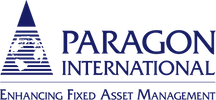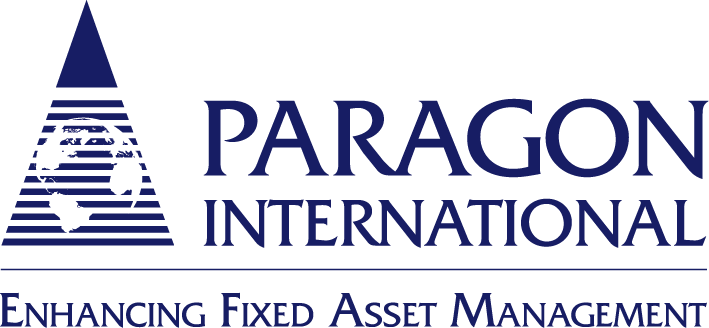Retirement Studies for Renovations
Reduce Taxes and Property Insurance with a Fixed Asset Retirement Study
Are you planning a renovation of a recently acquired or existing property? Are you looking for some cash flow to help fund the renovation? Wait before pitching, because there’s “cash in the trash!” Identify the remaining life of fixed assets before throwing them in the dumpster with a Fixed Asset Retirement Study.
Renovations generally involve removing existing building components such as ceilings, walls, flooring, wall coverings, light fixtures, ductwork, wiring, plumbing, and more. The remaining tax basis of these fixed assets can be written off if they are properly valued.
How Does Paragon Help You with Funding Sources?
Learn more about:
Cash Flow Enhancement Services
This write-off reduces income taxes, as shown in the below example, as well as property taxes and property insurance coverage costs:
| Without Write Off | With Write Off | |
| Taxable Income | $3,000,000 | $3,000,000 |
| Renovation Writeoff | $0.00 | $(1,000,000) |
| Net Taxable Income | $3,000,000 | $2,000,000 |
| Fed & State Income Tax 42% | $1,260,000 | $840,000 |
| Tax Savings | $0.00 | $420,000 |
Election Options and Tax Impact for Units of Property (UoP)
When evaluating various tax election options, a key factor to consider is the determination of the remaining tax basis of partial or total Units of Property (UoP) dispositions.
The IRS recently issued tangible personal property regulations provides guidance for making accounting method changes regarding acquisition costs, repair and maintenance expenditures, and partial dispositions of Units of Property.
Paragon’s independent, engineering-based Fixed Asset Retirement Study is designed to:
- Identify often unknown and unreported UoP dispositions
- Measure quantities and extent of the identified and disposed UoP components
- Conduct retrospective appraisals to determine relative fair market value of acquired components
- Apply Tangible Property Regulations (TPR) designated and approved valuation methodology to reallocate the original basis
- Determine accumulated depreciation through disposal date, and determine the current NBV tax basis for write off
- Create detailed work papers and IRS audit documentation
Cost Segregation for Renovations
Prior to starting renovations of recently acquired or existing properties, buyers or owners must first allocate the purchase price or segregate the construction cost between tangible assets, such as non-depreciable land and depreciable assets such as buildings, land improvements, and tenant improvements for occupied and vacant spaces.
The allocation must be based upon the appraised Fair Value or Market Value In Use of all the assets acquired, balanced to the final purchase price. A fixed asset retirement study will enable property owners and buyers to segregate the renovation costs of existing properties and balance to the final capitalized construction cost. The chart on our Cost Segregation page illustrates the potential savings.
This establishes the baseline tax basis for portions of the property that may be disposed of and/or replaced as part of the renovation process. While further breakdowns are often required to match specifics of the demolition plan, strong tax audit documentation support is thereby created.
Avoid dumpster diving! Contact us to see how much you could save with a Fixed Asset Retirement Study.
Success Story
A major renovation of a large corporate headquarters complex was completed several years ago, and an accounting based cost segregation study identified 12% of the $200 million cost as personal property. Upon review a few years later by a newly appointed tax executive, Paragon performed an engineering based cost segregation study and found 28% was personal property, resulting in a significant refund from the IRS.



